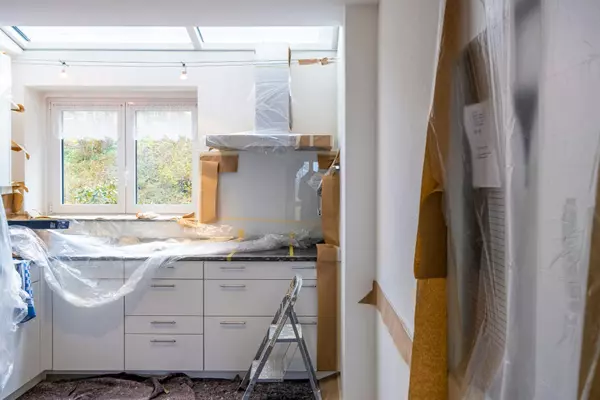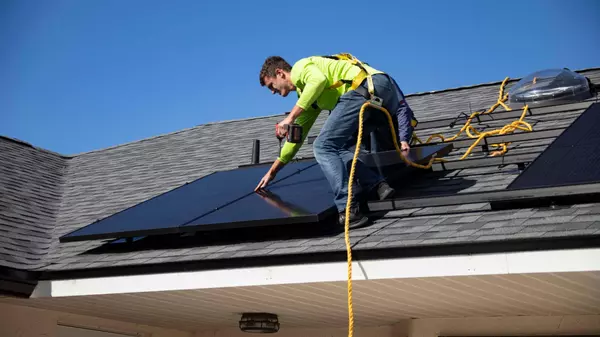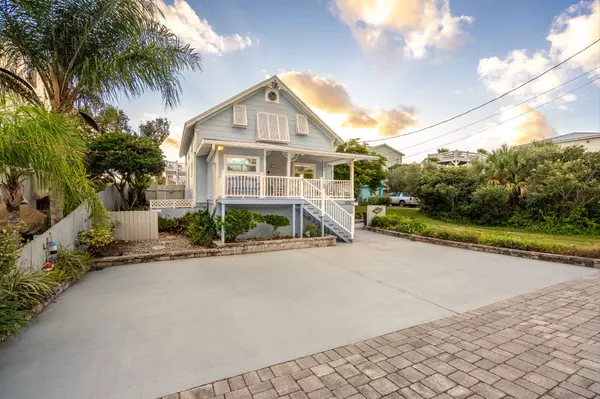Nights of Lights in St. Augustine, FL
Nights of Lights turns St. Augustine into a glowing holiday destination, and this guide shows you the best ways to experience it. From unique viewpoints like boat tours to essential details on parking and the free Park & Ride shuttle, you’ll find everything you need for a smooth and memorable visit.

Maximizing Your Home’s Value: High-ROI Upgrades for Our Market
In today’s St. Augustine real estate market, buyers are more selective—and savvy—than ever. They’re not just shopping for a house; they’re investing in a lifestyle. That means the right upgrades can make a world of difference when it comes time to sell. Whether you're preparing to list your home o

How to Prepare for a Hurricane in St. Augustine, FL
Atlantic Hurricane Season is right around the corner, beginning June 1st. Your level of preparation before a hurricane can have a significant impact on how well you weather the storm and how quickly you recover from it. Consider preparing your home, inside and out, long before a storm is in the fore

Best Eco-Friendly Upgrades to Make Your St. Augustine Home More Sustainable
When you live in a beautiful place like St. Augustine, FL, preserving the environment isn’t just a lifestyle choice—it’s a way of honoring the coastal charm we all love. If you’re considering eco-friendly upgrades for your home, you’re not only helping the planet—you’re also enhancing your property’
Categories
Recent Posts











